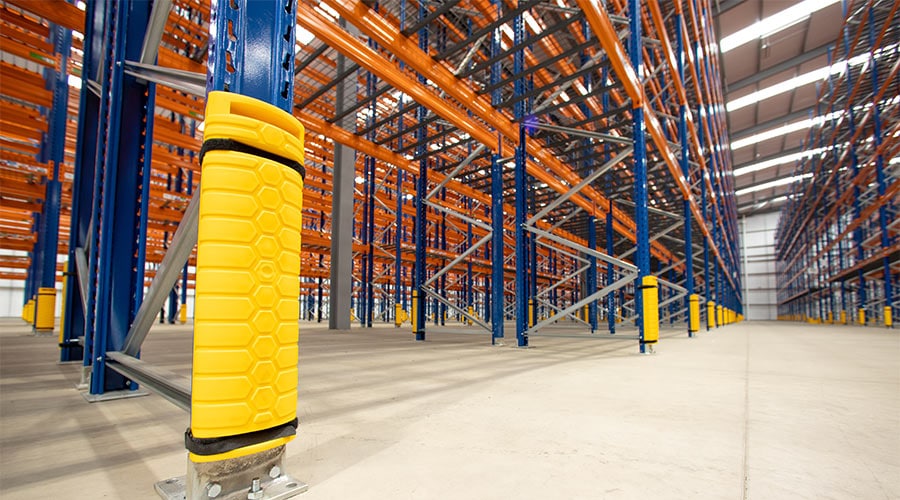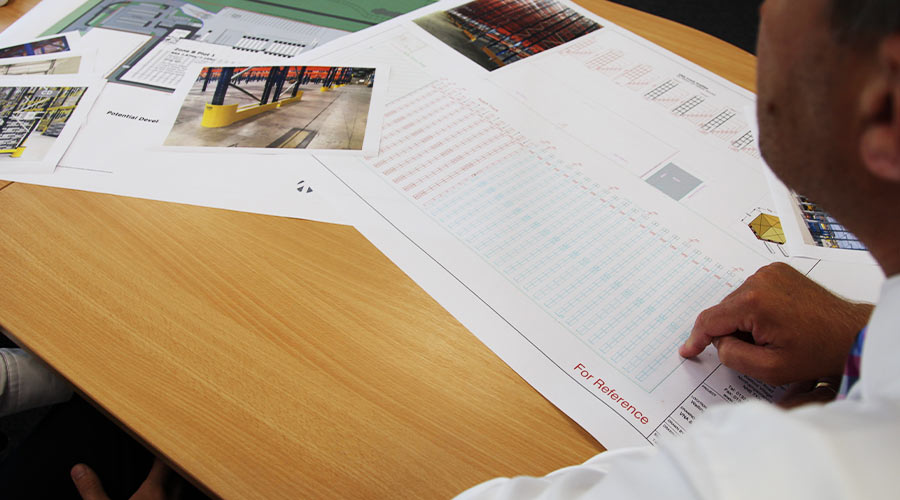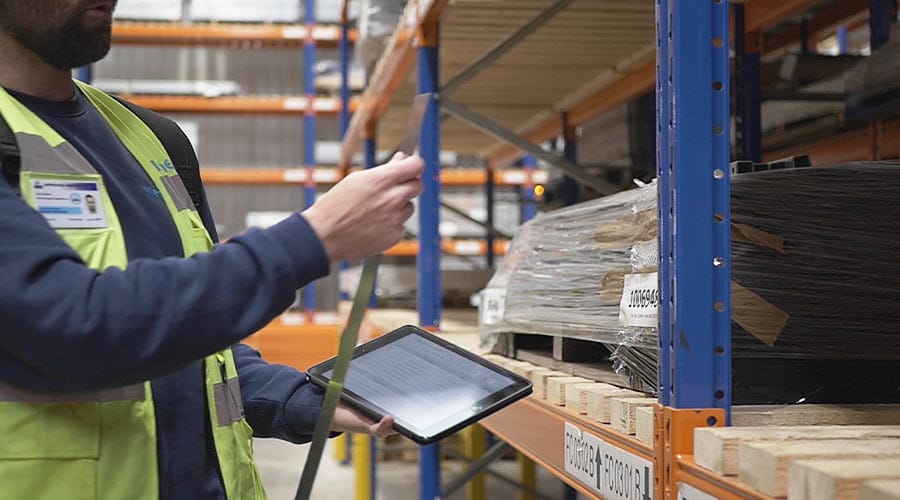Workplace Injury Statistics 2018/19
Contents
Workplace injury will never be completely avoidable. Ranging from the minor to the fatal, a proportion of the care attributed to employees is certainly self-served, with workers taking responsibility for the things they can control such as consideration for others, being clean and tidy and working within the parameters of their training. That said, workers can only do so much and if the workplace is untidy, using out of date and poorly maintained equipment and delivering poor to minimal training, then the ramifications are clear.
Workplace Injury Key Statistics
A business owner should want to keep workplace injury to its bare minimum, primarily for the safety of the workforce, but economically speaking too. Statistics from the Labour Force Survey taken for 2018/19 period showed a massive 4.7 million working days were lost via the self-reported, non-fatal workplace research. An estimated report on self-reported non-fatal injuries for the same time period showed 138,000 injuries with over 7 days absence and 443,000 injuries with up to 7 days absence. This add up, especially in time sensitive, production work-flow dependant scenarios such as warehouses and production lines where a gap in the workforce can really slow down output.
4.7 Million
working days lost
138,000
injuries with over 7 days absence
443,000
injuries with up to 7 days absence
Non-fatal injuries to employees by most common accident kinds (as reported by employers), 2018/19:
- Slips, trips and falls from a same level footing 29%
- Lifting, handling and carrying 20%
- Being struck by a moving object 19%
- Acts of violence 8%
- Falls from a height 8%
Source: hse.gov.uk
The workplace injuries reported by the Health and Safety at Work, Summary Statistics for Great Britain 2018/19 show a natural weighting at less serious injuries as shown, however, these can still have a big impact on the employee’s health and the employer’s production and potential remuneration.
Encouragingly, the research reported a downward trend for both non-fatal and fatal workplace injury, with the latter plateauing in recent years. Non-fatal injuries have in-fact seen a fairly steady decline per 100,000 people since 2000-01 which would logically coincide with developments and advancements in technology, training and general health & safety awareness among the workforce in general.
How can these incidents be avoided?
Thankfully, workplace fatalities are not commonplace, and whilst 147 occurring in the year 2018-19 is still too many, the UK consistently has one of the lowest rates of fatal injury across the EU. That said, we shouldn’t be complacent and non-fatal can still be devastating for workers with livelihoods and careers potentially affected.

Investment
Investing in sound, quality equipment throughout your entire facility will only serve to benefit you in the long run. It’s a cliché because it’s true – you buy cheap, you buy twice – and frankly that could be the least of your concerns should anything go wrong. Buy from accredited, industry-leading suppliers who have your best interests at heart and are not out to make a quick buck. At Nene, we pride ourselves on our lead times, but never at the expense of quality, assurance and safety – all are paramount to our client service offering.

Training
Ways prevent workplace injury begin at the very core of your workforce, with appropriate training at the very minimum and training excellence as a standard from the very start. Use trusted industry bodies, governance and inspections to ensure your training is up to a high standard and enlist help where you cannot do this alone. At Nene, we partner with SEMA (Storage Equipment Manufacturers Association), who accredit our installers, assist in delivering training to our employees and clients as a service, and all our inspectors are SEMA trained and accredited.
Ensure the correct training is available and delivered to the relevant worker too – only forklift trained, and licensed staff should be operating the forklifts and it is an extremely dangerous and costly corner to cut should an HSE inspection find you driving without certification. At the very least, an untrained or poorly trained driver will damage your racking equipment, only resulting in further cost to you.

Planning and Signage
A comprehensive warehouse design laid out by professional designers should be a necessity, not a luxury. Yes, it forms the basis of a productive and well-oiled machine of an operating warehouse, but it will also consider all the health and safety factors needed to comply with industry regulations and to make the environment a safe and positive place of work for your employees. Proper planning at inception down to the correct signage, floor markings and safety literature, Nene designers and planners can assist you in working out the perfect arrangement for your facility.

Maintenance – keep it clean and tidy
Sounds simple, because it is, but keeping the working environment clean and tidy is key to eliminating or at least drastically reducing the potential for slips, trips and falls – the highest statistic on the non-fatal accident list. Employees can indeed play their part, but as employers, provide enough bins, cleaning equipment and have maintenance checks in place to help them to do this. On a wider scale, add maintenance checks or a package to your racking system aftercare, many products for which Nene can advise you on from Racking Deflektors to floor markings and planning and regular inspections will make sure your equipment is safe and fit for purpose.
It can seem like a daunting process, but should you follow all the guidelines and procedures, and still encounter a workplace injury, you will be safe in the knowledge you have done all you can to protect the employees under your care – unfortunately accidents can and will happen.
You can speak to the experts at Nene about the measures you can take, whether that be from inception to existing equipment inspection and we will be glad to support you in making the workplace a safe and positive place to be.
